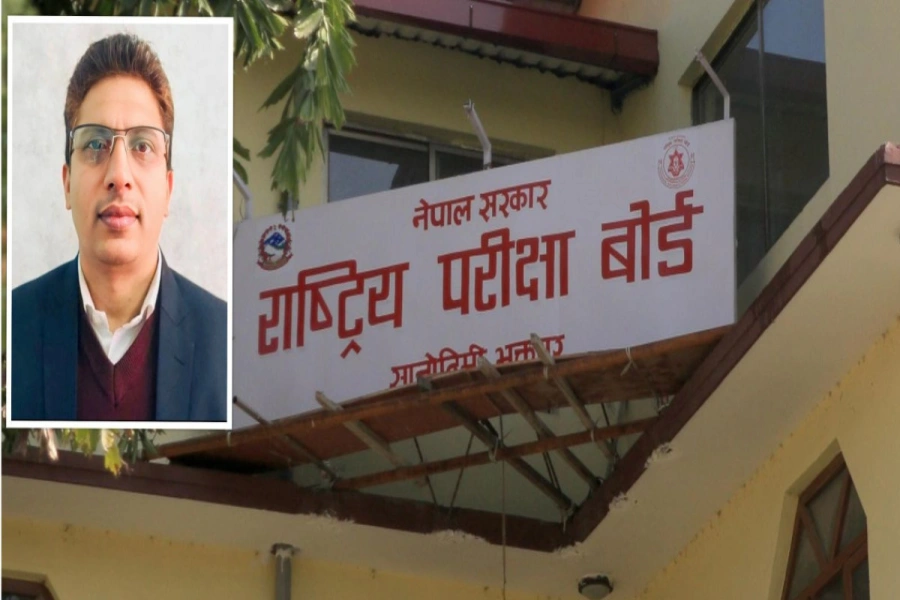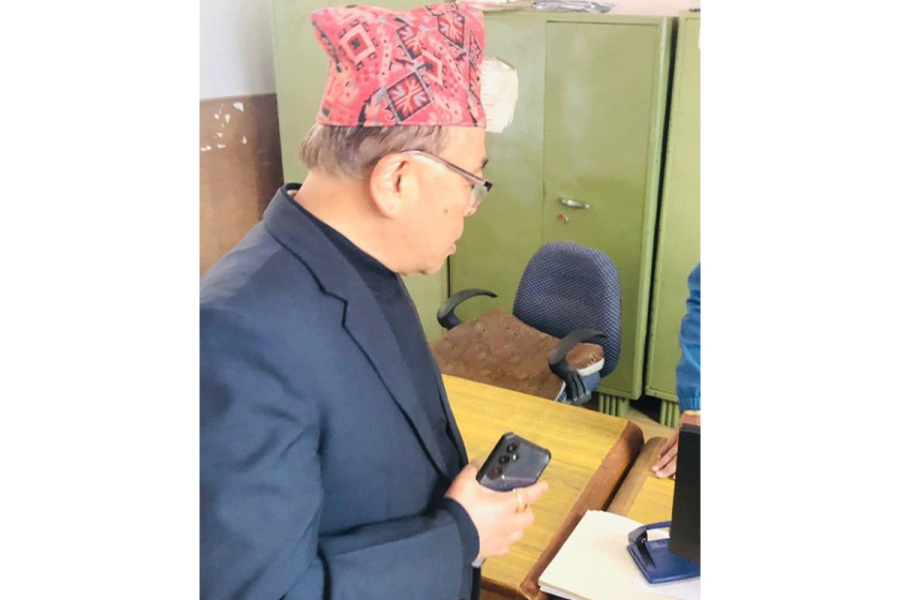KATHMANDU, Nov 21: Electronic transactions have notably declined in Nepal in recent months. Data maintained by Nepal Rastra Bank (NRB) for the first quarter of the current fiscal year revealed a significant drop in payments made via digital channels. Electronic transactions reached a record high in the Nepali month of Shrawn (mid-July to mid-August), the first month of the current fiscal year, but have steadily decreased in the following months.
According to the NRB, electronic transactions in mid-July to mid-August amounted to over Rs 12.7 trillion through 15 electronic channels, marking the highest payment volume in the country's history. More than 1.35 billion transactions were made during this month alone. However, in the following month (mid-August to mid-September), electronic payments fell by Rs 4.43 trillion, dropping to Rs 8.297 trillion. The downward trend continued in Ashwin (mid-September to mid-October), with a further decline of Rs 1.47 trillion, bringing the total to Rs 6.82 trillion.
Govt announces 10 percent VAT rebate for electronic payments in...

The number of electronic transactions has also dropped significantly. On the positive side, some payment methods, such as IPS, Connect IPS, and debit cards, saw increased usage, while other methods, including internet banking, wallet loads, branchless banking, and e-commerce payments experienced a decrease.
One of the key reasons for this decline is the recent change in the government’s Value Added Tax (VAT) policy. The imposition of a fixed charge of Rs 11 on small transactions has discouraged consumers from using digital payment methods. The government had previously introduced a VAT refund policy in FY 2019/20 as an incentive to encourage digital payments, offering a 10% VAT refund on transactions between Rs 1,000 and Rs 100,000 made through mobile banking, internet banking, wallets, and debit cards. However, this refund system has been discontinued for popular platforms such as Esewa and PhonePay in the current fiscal year, resulting in additional charges for consumers.
As a result, many consumers are returning to cash transactions, as the VAT and transaction fees outweigh the convenience of digital payments.




































